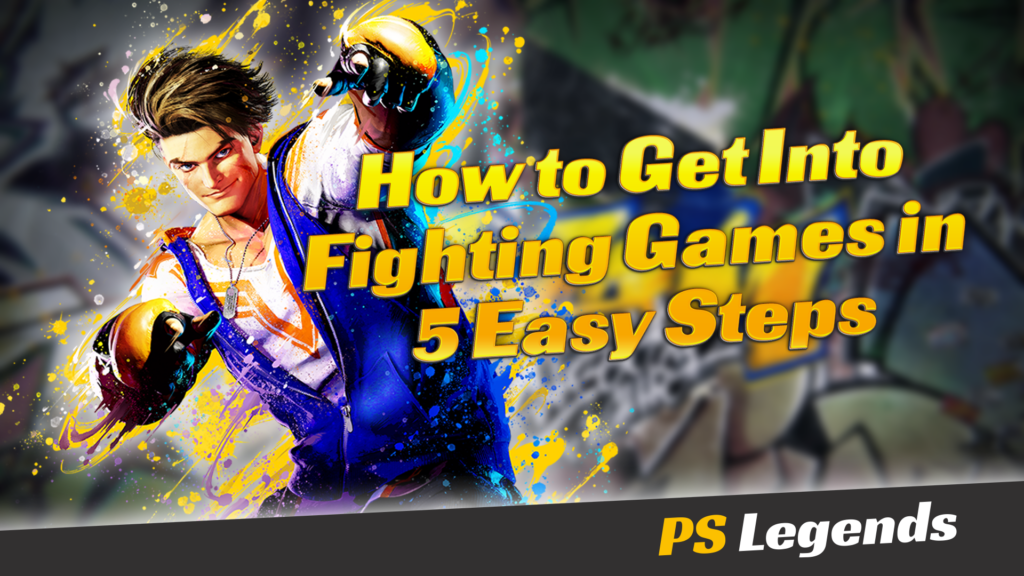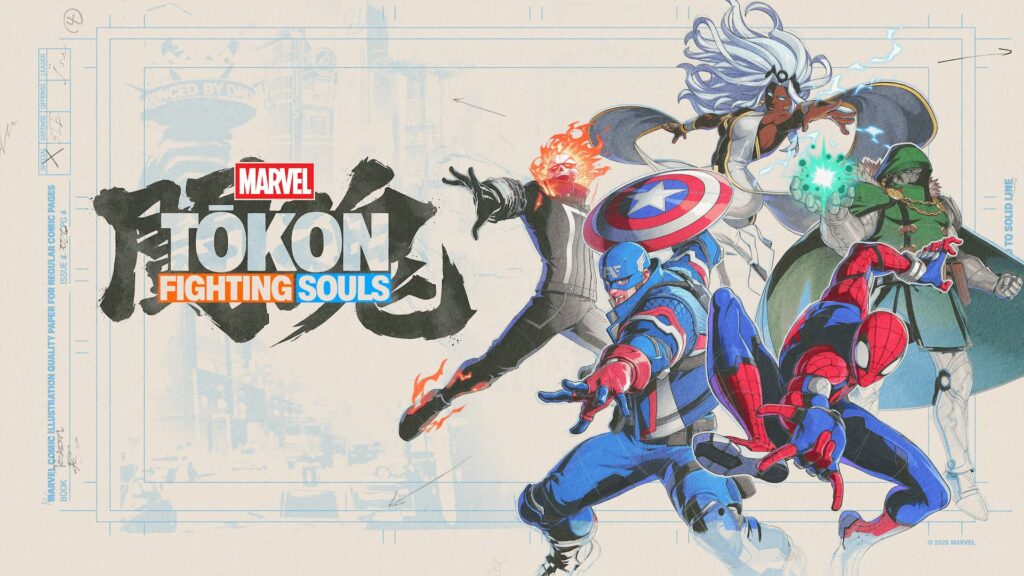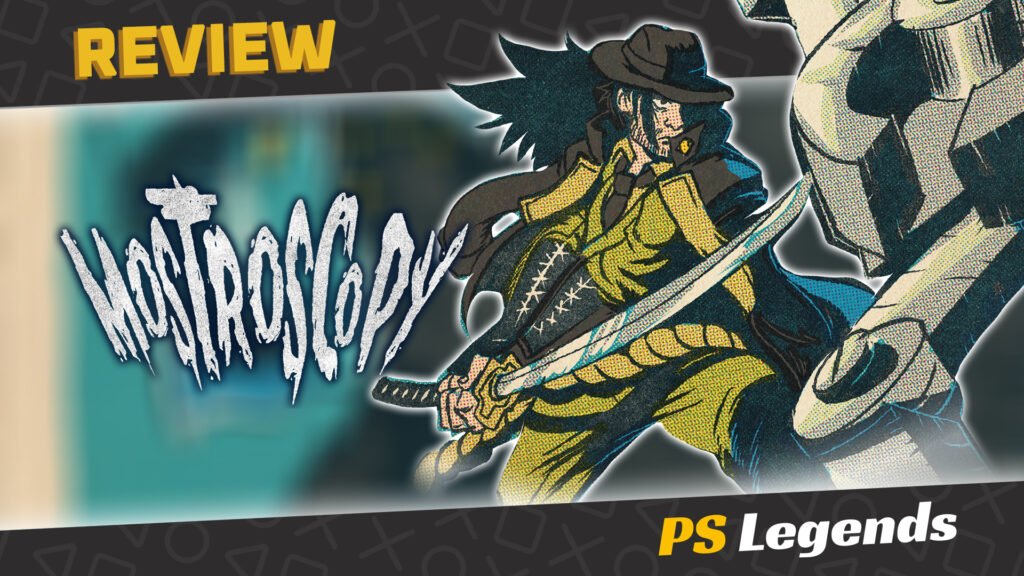So, you’re thinking about getting into fighting games. Maybe you watched some high level tourney play, maybe you have a friend that’s always hyping up the genre, or maybe you’ve just been interested but too intimidated to give it a shot. No matter the reason, I’m here to give you the 411 on beginning your fighting game journey. In this guide, I will break down the steps to get a leg up on other newbies to the genre, in 5 easy steps. Without further a due, let’s jump into it.
Step 1: Choose a Game
Now, the first thing you should do is figure out which game series you want to dive into. There’s a plethora of games and series to choose from. Each fighting game has its own quirks, mechanics, input styles, and systems, and figuring out which one you wanna start with is important. For beginners, my two main recommendations would be the Tekken series or Mortal Kombat, with an honorable mention to Street Fighter 6 and it’s Modern controls, which simplify a lot of inputs. All three of these games have very different styles of fighting, but all three are viable options for starters. It all comes down to personal preference, mainly whichever looks coolest in either aesthetic or controls, or both.
Step 2: Choose a Character

A lot of people would tell you to just choose a character you think looks coolWhile that can be a good jumping off point, you may find that awesome looking character to be too difficult to play. Don’t be intimidated though, because that doesn’t mean you’ll never be able to play them. Take a second, step back, and just practice. Get used to the way the game plays, and learn what kind of player you are. Are you more defensive or offensive? Or do you like to rush down your opponent and keep the pressure up? Or would you rather hurt them from a distance with zoning? Figuring out which is best for you is an important step in this process. There’s many ways to do this, but one of the most important ways to do so is through training mode.
Step 3: Start Training
There’s one habit that I feel can benefit all players, new and old, and that’s to use that training mode. For your first time in, get a feel for your character’s buttons and what each basic move does. Quick sidenote: most games offer tutorials in training to teach you the game’s specific mechanics if you prefer to learn through that method first.
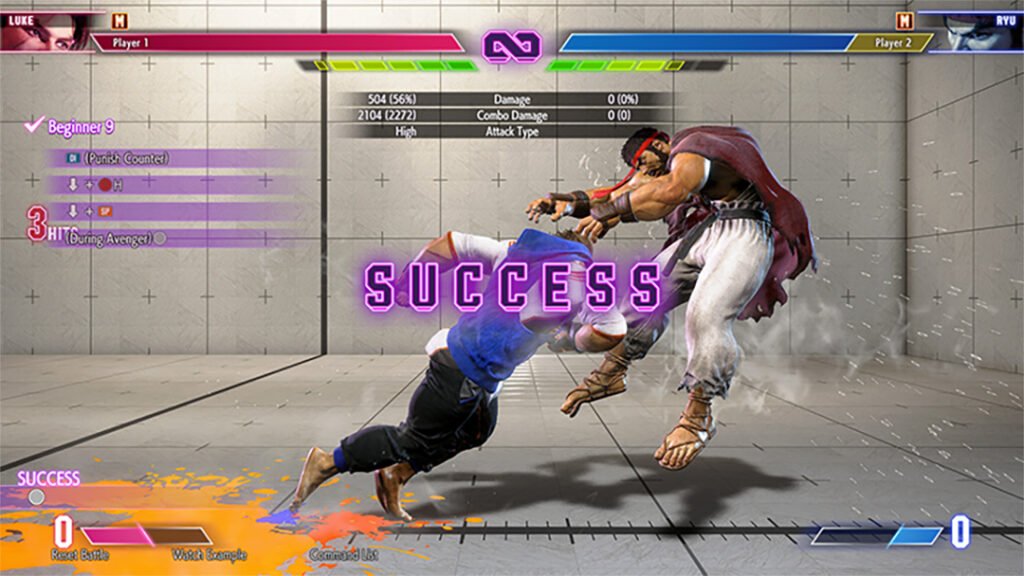
Mentally take notes on your character’s reach, speed, and damage. Knowing these simple things about your chosen character can do a whole lot for you. And that is not just beginner’s advice, because you’ll want to get into the habit of this. After you’ve got a feel for a character, try seeing which moves can be done right after one another, and then start practicing some of the simpler special moves inputs from the moves list. Training mode is your friend and a very useful mode. Use it to learn a new character or refresh your memory before a fight. After that it’s time to hit the arcade mode.
Step 4: Arcade Mode
Most fighting games offer an arcade mode. This mode lets you fight a series of AI opponents that increase in difficulty as you progress, but don’t fret, you normally get to pick the base difficulty so you start off at your preferred level. Use this to learn how the other characters function and get your momentum going. You’ll hear a lot of talk about frame data, but at this stage, it’s not the primary thing you should be worried about. You’ll probably find that after facing any given character enough times, you’ll have a slightly stronger grasp on that concept just from trial and error. The details come later.

While you can use training mode with an AI opponent to do a similar thing, arcade mode will let you feel the game out in more broad strokes. But to each their own, this isn’t a race, remember go at the pace you feel comfortable. After you’ve done this and maybe had a helping or three of the other single player modes, it’s time to start your journey on the more competitive side.
Step 5: Face Human Opponents
There’s three common ways to go about this: ranked or casual online, and local. If you’re lucky enough to have a fighting game fan in your life that isn’t a jerk, I recommend starting with local play. They can help by giving you pointers on how you can make slight changes to improve and reinforce your good habits. Plus it’s a good experience to build morale with your friends. For those going solo, the online functions are more than enough.
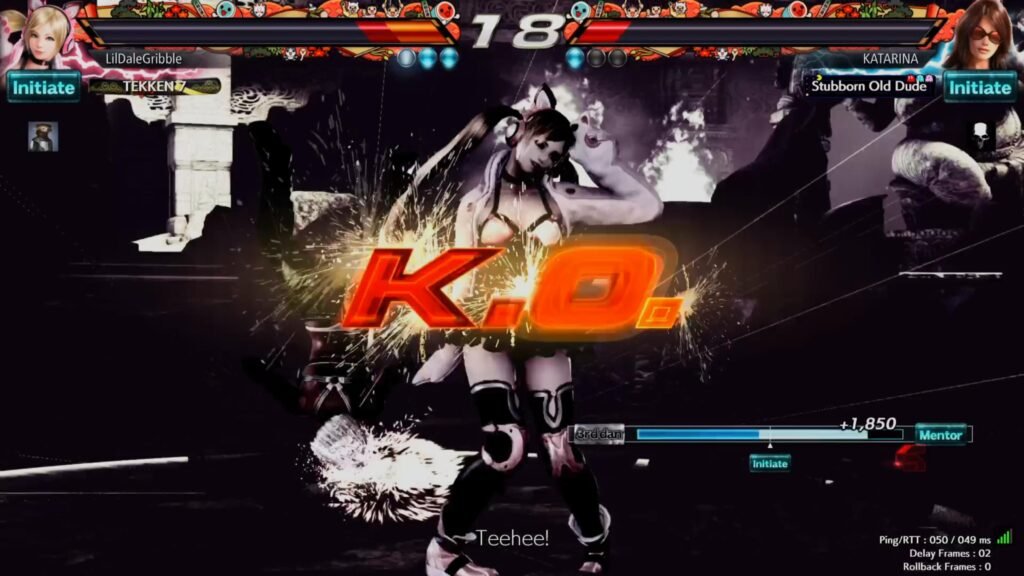
In my personal opinion, ranked is the better of the two online options. This is mainly because the casual matches can put you up against some exponentially stronger people. Most ranked modes track different statistics to try to place you with players of a similar skill level. It offers the most reward, as climbing the ranks is an amazing feeling, and helps you see just how far you’ve come. Either way, playing against other people is quintessential. After all, they say experience is the best teacher.
So, there you have it. I hope that with this guide I was able to ease any doubts you may have had at the prospect of trying this everlasting, rewarding genre of games. The last point I want to leave you with is that this isn’t a linear journey. I’ve been playing for over two thirds of my life and I still find myself repeating some of these steps for various reasons. Embrace the process, don’t give up, and you’ll go far!
